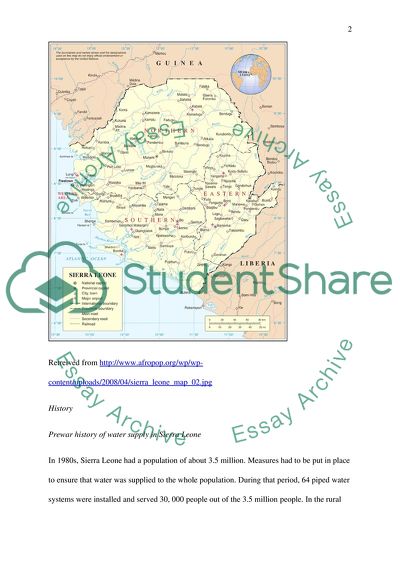Cite this document
(“Course work : Water supply network asset management in Sierra Leone Essay”, n.d.)
Retrieved from https://studentshare.org/miscellaneous/1683587-course-work-water-supply-network-asset-management-in-sierra-leone
Retrieved from https://studentshare.org/miscellaneous/1683587-course-work-water-supply-network-asset-management-in-sierra-leone
(Course Work : Water Supply Network Asset Management in Sierra Leone Essay)
https://studentshare.org/miscellaneous/1683587-course-work-water-supply-network-asset-management-in-sierra-leone.
https://studentshare.org/miscellaneous/1683587-course-work-water-supply-network-asset-management-in-sierra-leone.
“Course Work : Water Supply Network Asset Management in Sierra Leone Essay”, n.d. https://studentshare.org/miscellaneous/1683587-course-work-water-supply-network-asset-management-in-sierra-leone.


